Apple Music vs. Amazon Music: Which music service wins?
Both Apple Music and Amazon Music have made some big changes. Apple Music has launched both lossless music streaming and spatial audio support, while Amazon has taken the lossless capabilities of its Amazon Music HD tier and added the high-fidelity feature to Amazon Music Unlimited at no extra charge.
These music apps are therefore much better deals than from a few weeks ago, but which one is better? In this Apple Music vs. Amazon Music face-off we’ll compare the features, availability and value of each service to find out which is more deserving of your listening time.
Apple Music vs. Amazon Music: Price
Unlike Apple Music, Amazon Music has a free tier, so you can sign up and start listening without paying a single penny. However, it’s heavily restricted: you can only access Amazon’s “top playlists,” can’t use offline playback, and need to sit through ads interrupting your music. If you’re an Amazon Prime member, you can upgrade to the Amazon Music Prime tier for no extra cost, while also getting rid of ads and gaining offline playback — but the library is limited to 2 million songs, compared to the 70 million-plus of Amazon Music Unlimited.
This is the tier music fans should pay most attention to, and a standard individual subscription costs $9.99 per month. This drops to $7.99 if you’re an Amazon Prime member, though obviously you should factor in Prime’s annual $119 cost as well. Alternatively, Prime members can pay $79 annually for an Unlimited subscription.
Student plans are available at $4.99 per month, and if you’re a Prime member with an Amazon Echo speaker, you can get Unlimited for just $3.99 per month — though your subscription will be tied to a single speaker.
Lastly, Amazon Music Unlimited has a Family Plan, costing $14.99 per month and including six individual accounts under one subscription.
Mercifully, Apple Music keeps things a lot simpler. Granted, there’s no free tier, but at $9.99 per month for a standard individual plan and $4.99 for students, it’s no more expensive than Amazon Music Unlimited. Even the Apple Music Family subscription is practically identical, costing $14.99 per month and granting six accounts.
Apple Music vs. Amazon Music: At a glance
| Apple Music |
Amazon Music | |
| Starting Price |
$9.99 per month | Free |
| Price for offline mode, no ads | $9.99 per month | Free (Prime members only, but with library size limit); $9.99 per month (standard) |
| Student Price | $4.99 per month | $4.99 per month |
| Family Package | $14.99 per month, 6 accounts | $14.99 per month, 6 accounts |
| Annual Plan |
$99 per year | $79 per year (Prime members only) |
| Exclusives | Spatial audio, works with Siri on the HomePod/HomePod mini; Apple Music 1 Radio; Cloud music locker | Dolby Atmos and Sony 360 Audio (on specific speakers only); Alexa controls, DJ Mode |
Apple Music vs. Amazon Music: Music library
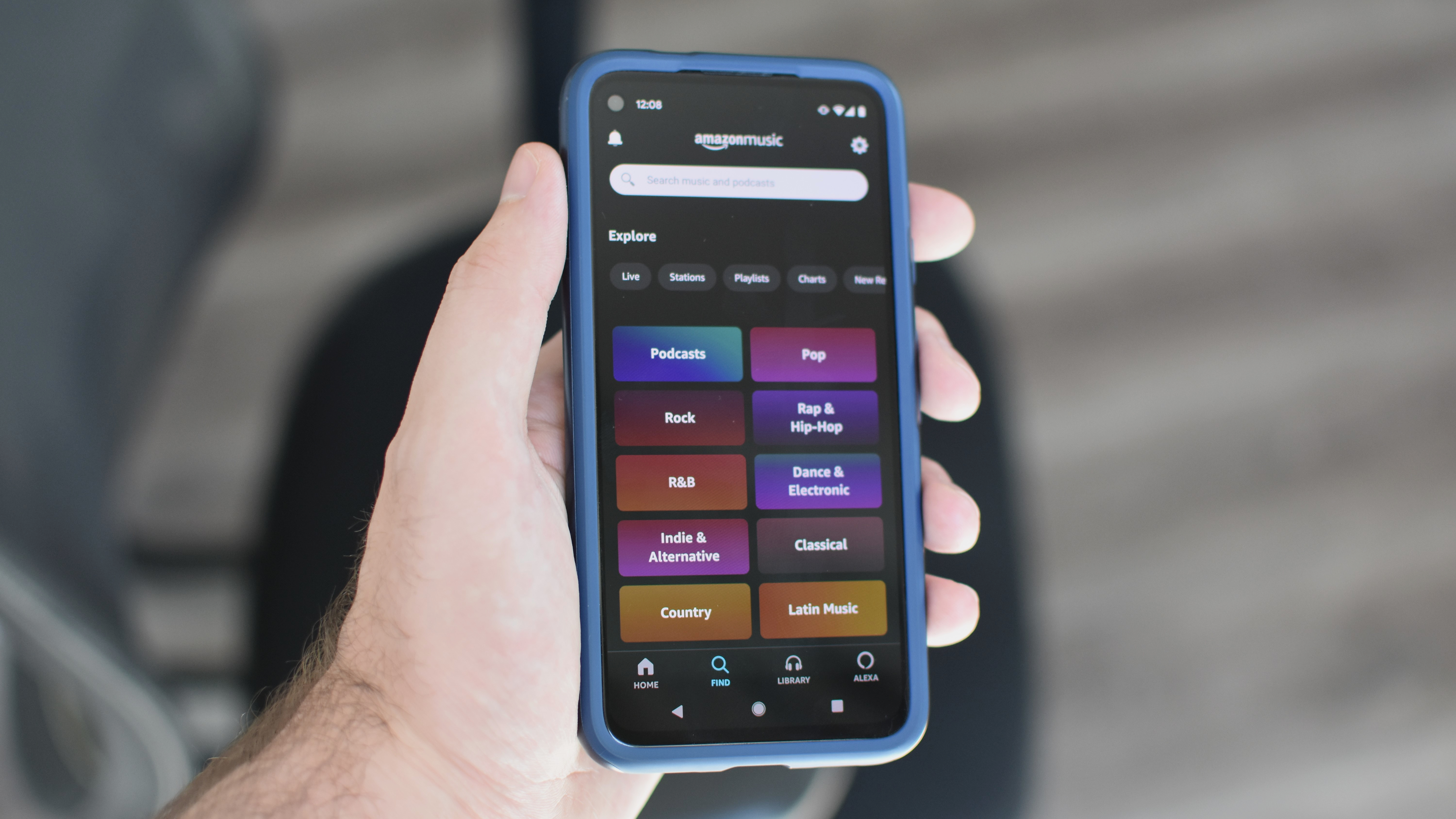
As mentioned, paying for Amazon Music Unlimited expands the library of available songs from a sorry 2 million to over 70 million, not to mention Amazon’s healthy supply of podcasts.
Even so, Apple Music pips Amazon with over 75 million songs, as well as its own podcast stable. In a way this is fine, regardless of which you ultimately choose: with over 70 million tracks, you’re bound to find both beloved hits and more obscure indie music on either service. Platform-exclusive releases are largely a thing of the past, too, so don’t worry about missing out on new launches. On simple arithmetic, though, Apple Music wins this one.
Winner: Apple Music
Apple Music vs. Amazon Music: Music quality
Apple has always stayed hush about the technical qualities of its streaming, though we know that songs you save for offline listening are 256 kbps AAC files. Amazon Music, meanwhile, streams using a 320 kbps format.
Frankly, you’d struggle to tell the difference even if you listening with a pair of the very best headphones. Speaking of which, your choice of playback device will have a much greater impact on sound quality than bitrates and sample rates, so if you’re just going to listen to standard-quality tracks, Apple Music and Amazon Music are essentially even.
It’s a dead heat for their respective lossless formats, too. Both Apple Music lossless and Amazon Music HD (which, remember, is now part of Amazon Music Unlimited) offer a choice between CD-quality 16-bit/44.1kHz and Hi-Res 24-bit/192kHz formats. Just remember that on mobile devices, you’ll likely need an external DAC for the best possible quality. Our guide on how to play Hi-Res music on iPhone can help you find and set one up.
Winner: Draw
Apple Music vs. Amazon Music: Immersive sound
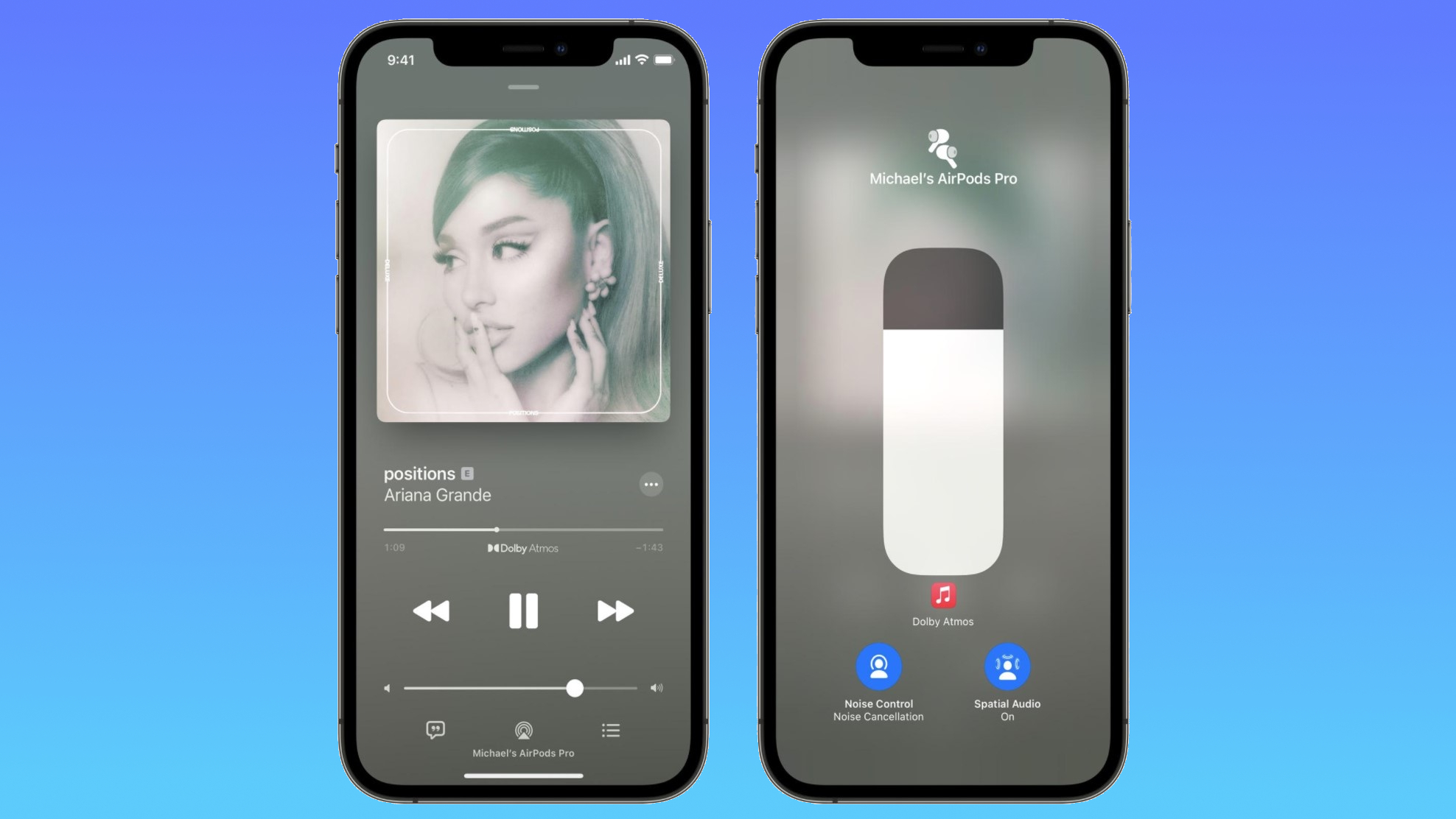
When it comes to 360-degree sound, both Apple Music and Amazon Music diverge. Apple Music has its spatial audio option, which is based on Dolby Atmos and can create a digital 3D effect even in headphones. The main limitation is that it only works when the source device is an Apple iPhone, iPad, Mac, MacBook or Apple TV 4K.
Amazon Music HD, and by extension Unlimited, claims to support both Dolby Atmos and Sony 360 Reality Audio, the latter of which is basically Sony’s answer to spatial audio. However, both are even more hardware-limited than Apple’s format: Dolby Atmos playback is only compatible with a single speaker, the Amazon Echo Studio, while 360 Reality Audio is stuck with the Echo Studio, Sony RA3000 and RA5000 speakers.
In other words, Apple may hoard spatial audio to Apple device, but it’s still the only way either of these music apps can get 360-degree sound on your headphones.
Winner: Apple Music
Apple Music vs. Amazon Music: Cloud locker and offline listening
One of Apple Music’s secret weapons is its iCloud Music Library, which lets users sync any downloaded songs across any devices signed in with the same Apple ID. It’s a handy tool to which Amazon Music doesn’t really have an alternative.
Like Apple Music, Amazon Music Unlimited has a 100,000 song limit on downloads. But while Amazon lets you save these to as many as 10 devices, you can’t sync those devices so your download library stays consistent across all of them.
Winner: Apple Music
Apple Music vs. Amazon Music: Brower playback
Apple Music used to require an iTunes installation, but Apple has seen sense and now lets you play music, create playlists and browse curated content in a browser just as easily as in the app. Likewise for Amazon Music: whether you’re on a free account or an Unlimited subscription, you get all your tier’s features in-browser.
Winner: Draw
Apple Music vs. Amazon Music: Availability
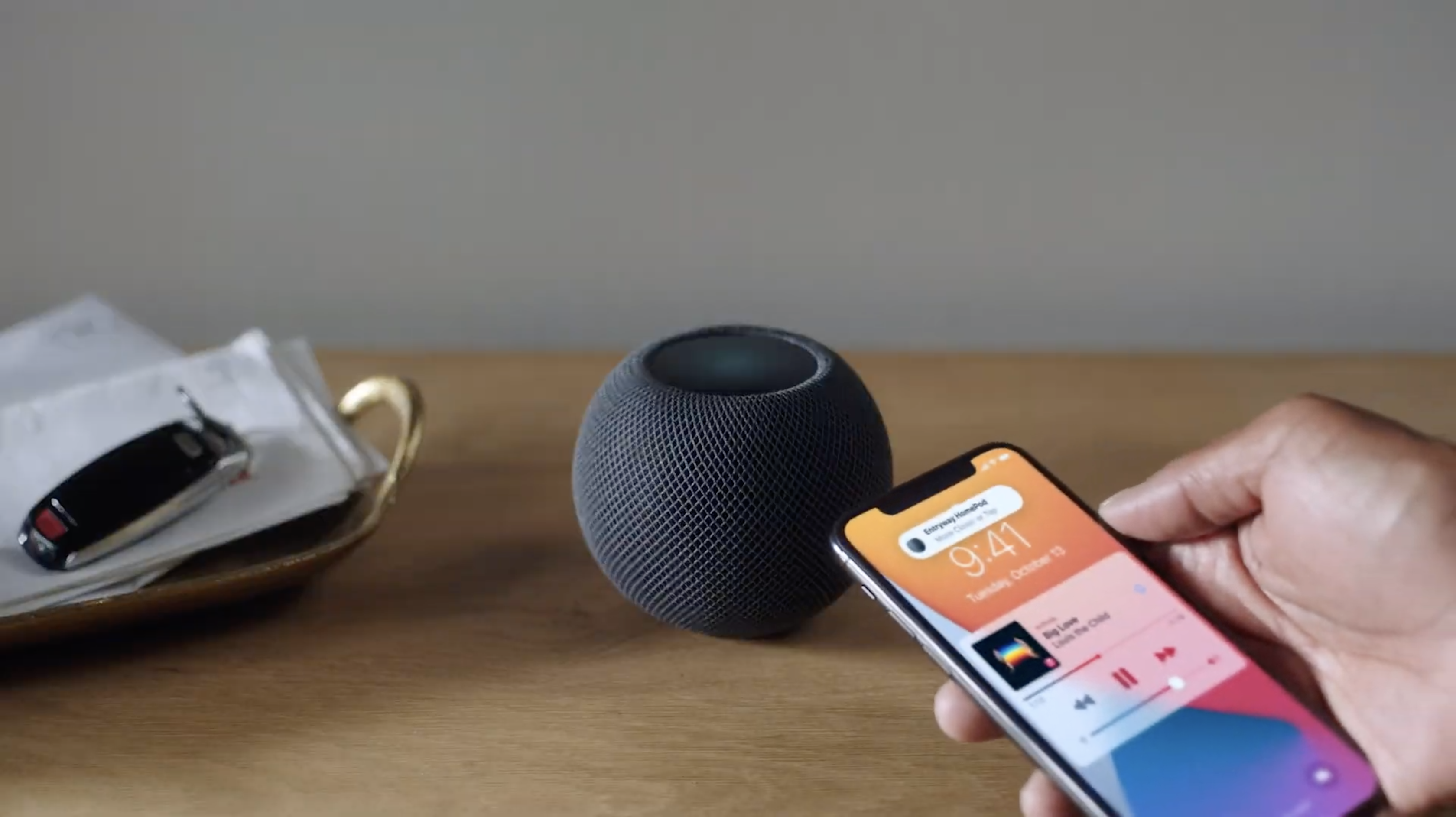
Besides browsers and the iOS and Android apps, Apple Music is also available on the Apple TV 4K, Apple HomePod and HomePod mini, the Apple Watch and Apple CarPlay. However, unlike with Spotify’s CarThing, you can’t add CarPlay to your existing car as it needs to be built-in.
Amazon Music can work with a very similar system in Alexa Auto, which likewise needs to built-in. However, you could alternatively upgrade your existing wheels with the Echo Auto, a small device that also lets you play Amazon Music content on the road. Otherwise, it has a comparably broad range of supportive devices, like the Fire TV range of media streamers and Amazon Echo speakers.
Whichever you choose, then, you won’t remotely be stuck with smartphones and desktops.
Winner: Draw
Apple Music vs. Amazon Music: Playlists and curated content
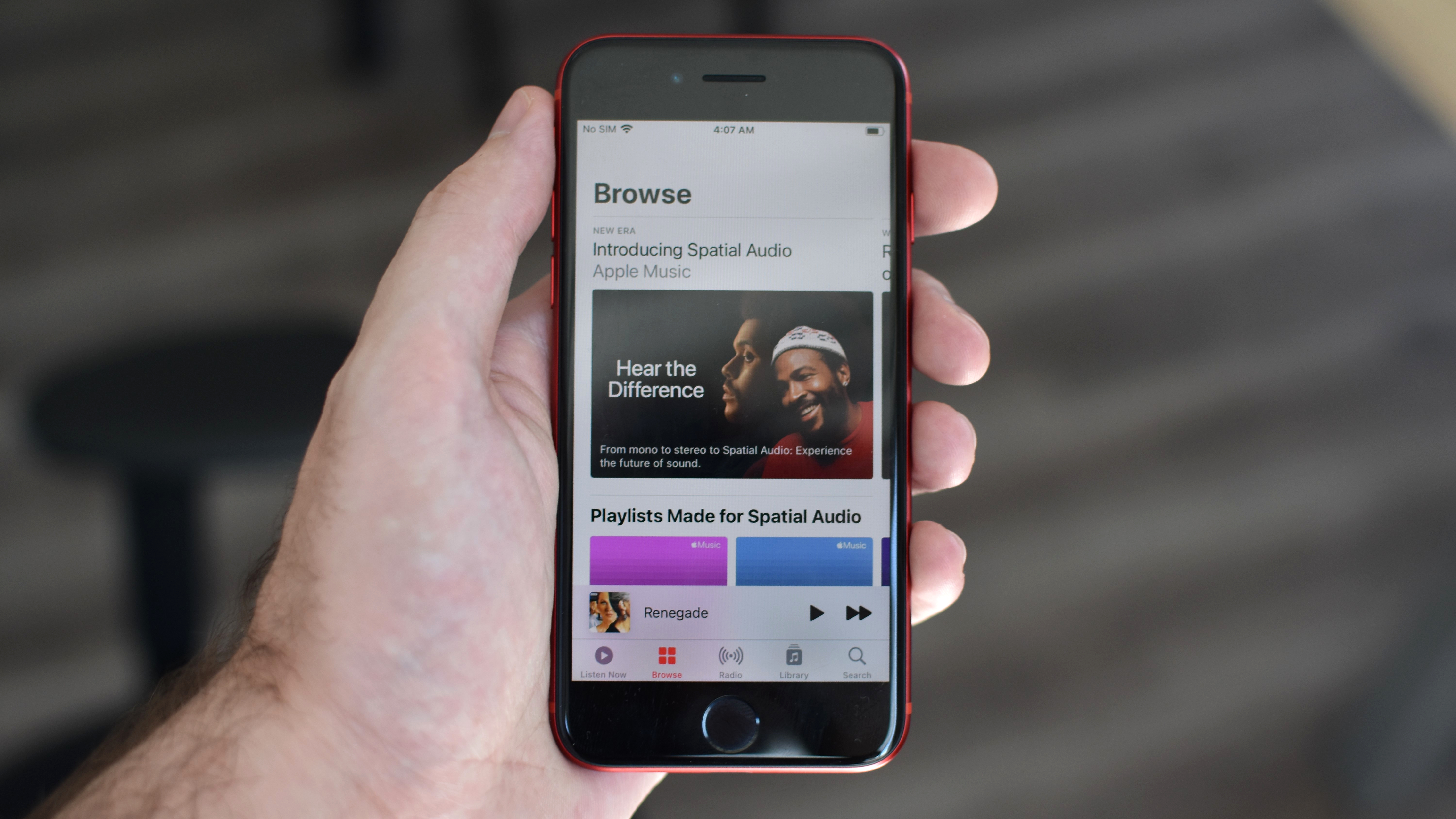
Both services handle curated content very similarly, analysing your listening habits to build playlists containing both your favorite tracks and new music they think you’ll enjoy.
Apple Music and Amazon Music can also both build and present playlists by genre, and even according to the time of day, like offering a selection of upbeat songs to wake you up in the morning.
One difference is how these services deliver radio, or at least a radio-like experience. Apple Music’s Apple Music 1 is essentially a standard, digital radio station, hosted by the likes of Zane Lowe and Ebro Darden. Meanwhile, Amazon Music has DJ Mode, which isn’t live radio but adds commentary from the celebrity “host” to a playlist of tracks curated by that host.
Winner: Draw
Neither Apple Music nor Amazon Music can stand up to Spotify when it comes to social media integration. Still, Amazon Music is the more advanced of the two. In addition to creating shareable links that you can post wherever you want, the Amazon Music app lets you post a song directly to the social network of your choice.
Apple Music can also create sharing links easily, and lets you quickly share songs with other registered users over AirDrop, but doesn’t have the immediacy of Amazon Music’s social sharing. You always need to close the app, switch to a different one and paste the link there.
Winner: Amazon Music
Apple Music vs. Amazon Music: Design
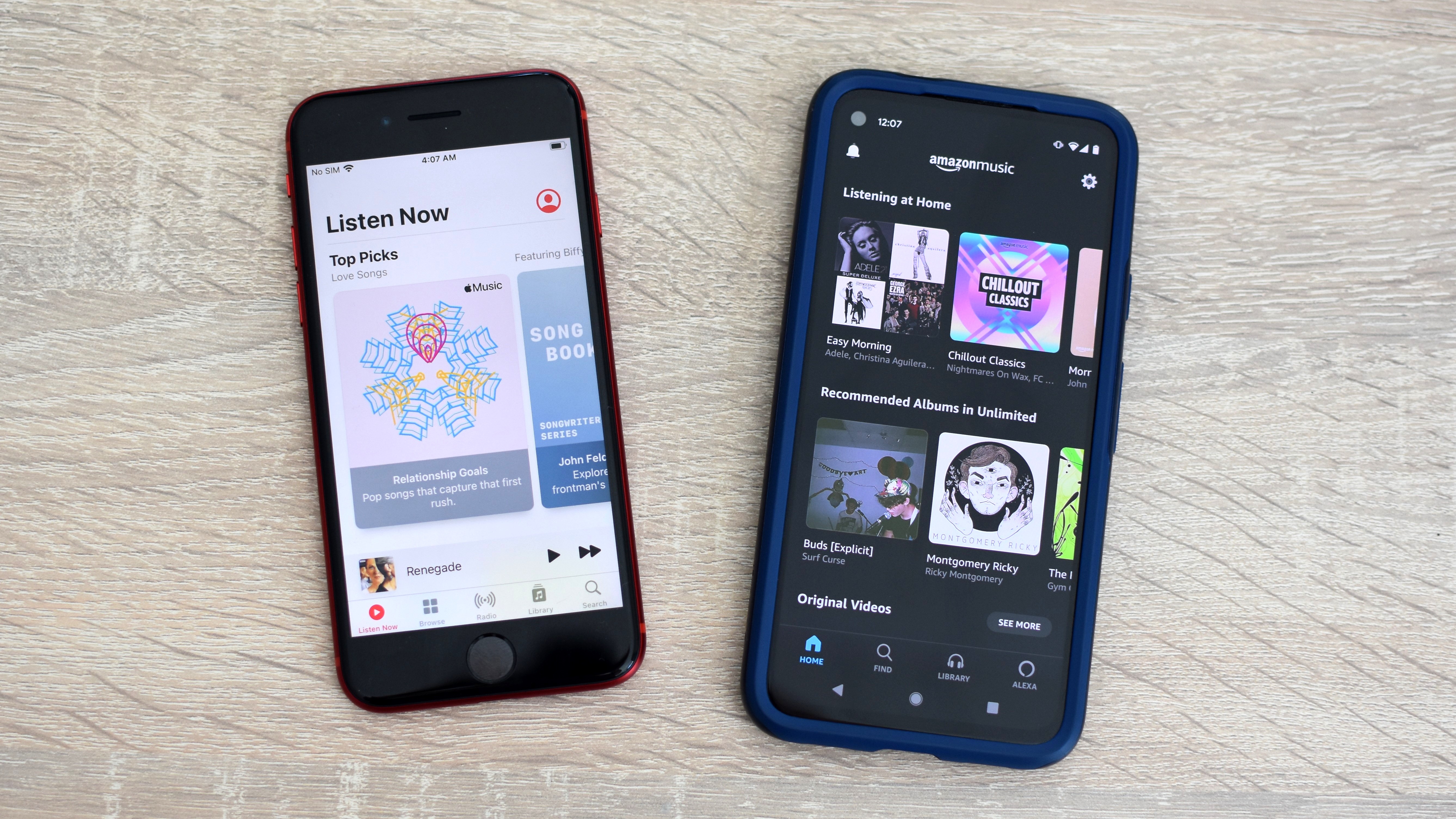
Apple Music’s UI design is typically Apple: clean, light and stark. Amazon Music’s more closely evokes Spotify, with light text on a dark background and smaller tiles.
Both apps even use the same tactic of splitting up personalized and non-personalized content recommendations onto different screens, which you can jump between using a low-slung taskbar in both. If you’re in a hurry to find some new music, the more sensible, organized-by-genre layout of Amazon Music’s “Find” page might appeal more, but for the most part there’s little practical difference.
Winner: Draw
Apple Music vs. Amazon Music: Value
It’s usually hard to argue with “free,” but Amazon Music’s entry-level tier is so limited it’s hard to recommend. Likewise the Prime tier, which is a neat bonus for next-day-delivery addicts but ultimately includes less than 3% of Unlimited’s music library.
On that note, going purely by cost per song, Apple Music does give you about 5 million extra tracks for the same cash as an Amazon Music Unlimited subscription. On top of that it has an arguably more user-friendly implementation of 360-degree audio, and its cloud syncing feature helps make up for its less developed sharing capabilities.
Winner: Apple Music
Apple Music vs. Amazon Music: Which is the best music app?
It’s close, but right now Apple Music just offers a little bit more of what we want from a music streaming app than Amazon Music Unlimited. This is the case even if you’re already an Amazon Prime subscriber: the $2 monthly discount doesn’t hurt, but if you treat the Prime subscription itself as a sunk cost, an extra $24 per year isn’t exactly going to pay off the house.
Obviously, Unlimited isn’t the only option, and Amazon Music’s free tier will naturally be a better fit than Apple’s subscription-only model for those whose budgets are beyond tight. But if you’re facing a choice of which to spend on, Apple Music wins out, especially if you’ve got the hardware to take advantage of spatial audio.
Apple Music vs. Amazon Music: Scorecard
| Apple Music | Amazon Music | |
| Music Library | ✔ | |
| Music Quality (bitrate) | ✔ | ✔ |
| Immersive Sound | ✔ | |
| Cloud Locker and Offline Listening | ✔ | |
| Browser Playback | ✔ | ✔ |
| Availability | ✔ | ✔ |
| Playlists and Curated Content | ✔ | ✔ |
| Social Media | ✔ | |
| Design | ✔ | ✔ |
| Value | ✔ | |
| Total | 9 | 6 |
For all the latest Technology News Click Here
For the latest news and updates, follow us on Google News.
